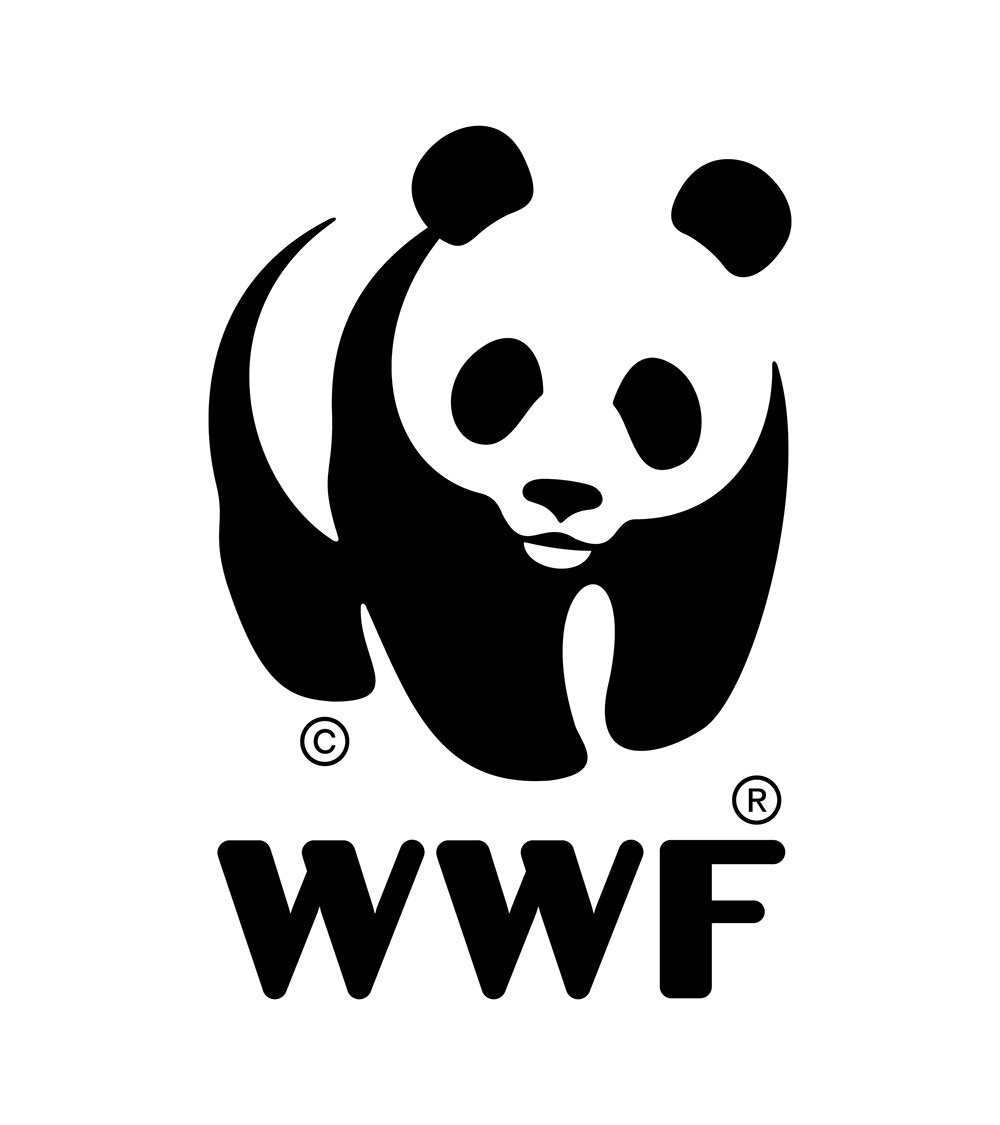When world’s collide
© SBedaux / iStock
Whales and ships have long shared the seas, but with global shipping traffic on the increase – along with the speed and size of the largest vessels – their worlds are colliding with devastating consequences.
Ship strikes are now one of the leading causes of death for several whale populations around the globe, including many that are already threatened or endangered after decades of whaling. With vessels travelling at high speeds, there’s also high risk of collision. Death can be sudden, a blow to the whale’s body from a direct hit, or agonizingly slow – vessels wounding the whale with massive lacerations and incisions from their propellors.
Currently, the only proven and effective mitigation measures are to ensure that ships cannot encounter whales by separating them in time and space, and to reduce vessel speeds while transiting around areas with known concentrations of whales. Applying these solutions is the critical challenge, given some of the world’s busiest shipping lanes overlap directly with important whale habitat. To fully protect these whales, we urgently need to protect where they live too.
For critically endangered North Atlantic right whales, that’s the western North Atlantic, along the eastern United States and Atlantic Canada, their sole remaining habitat where fewer than 400 remain. Over the past five years, ocean warming in their historical key feeding areas in the Gulf of Maine have caused these whales to move further north into the Gulf of St. Lawrence during the summer months – an area of high ship traffic.
“North Atlantic right whales spend a great deal of time at the water’s surface and migrate close to the coasts where maritime traffic is heaviest, making them particularly vulnerable to vessel collisions,” says WWF-Canada’s Aurelie Cosandey-Godin.
“I’ve been representing WWF-Canada on the Transport Canada Advisory Committee working to protect the species since 2017. We’re also supporting shipping industry stewardship initiatives including the second edition of the Mariner’s Guide to Whales in the Northwest Atlantic, which features a new map of the species’ distribution in the Gulf and best practices to reduce collision risks.”
Nearly 60 per cent of the Gulf of St. Lawrence is under management with dynamic slowdowns in shipping lanes, season-long slowdowns and vessel exclusion in the main feeding area. Technology has also been deployed on a large scale – from aerial surveys to acoustic buoys – to monitor the whale population and enforce management measures.
Despite this concerted effort from government, industry and conservation groups like WWF, between 2017 and 2021, 34 right whales have died off the Canadian and US coasts from ship strikes and entanglement in fishing gear. Given the species’ critically low numbers, just one death jeopardizes the population’s survival.
The challenges WWF-Canada is grappling with are replicated the world over for sadly, North Atlantic right whales are far from the only species affected. Mediterranean fin whales and sperm whales are respectively listed as Vulnerable and Endangered on the IUCN’s ‘Red List’ of Threatened Species. WWF has been working to protect these animals for more than 20 years in the North West Mediterranean Sea. On the team is Théa Jacob, marine species and sustainable fisheries expert for WWF-France.
“The Mediterranean Sea is a unique ecosystem, and one of the most endangered. Relative to its small surface, it’s one of the busiest seas in the world, hosting 20 per cent of global seaborne trade, 10 per cent of world container throughput and more than 200 million passengers a year. Ship strikes represent one of the main causes of human-induced mortality for large whales in these waters,” says Jacob.
“We’ve supported the development and roll out of REPCET, a system that enables real-time sharing of whale sightings to protect them from ship strikes, as well as other measures. Marine traffic management, through speed reduction, areas to be avoided, and traffic separation schemes are the best tools we have to mitigate the impact of ship strikes – speed reduction being the most efficient. We’re now working with relevant stakeholders and ministries on these solutions, and advocating for a PSSA [Particularly Sensitive Sea Area] to be established in the North Western Mediterranean.”
The solutions WWF is calling for are urgently needed, with shipping traffic and the threats it poses to whale populations only set to escalate. Globally, the volume of shipping traffic has increased 300 per cent between 1992 and 2013, a trend that has continued in more recent years.
The good news is multiple options are available to help reduce the impacts – outlined in WWF’s Shipping and cetaceans report prepared for policymakers and published this month, co-authored by Cosandey-Godin and Jacob, among others. Solutions range from management measures to move shipping traffic away from important habitats, employing permanent or seasonal speed restrictions (of less than 10 knots) and reducing growing underwater noise pollution by encouraging ships to use noise-reduction technologies.
“The world and the threats it poses continue to evolve, and it will take all of us working together in new ways,” says Cosandey-Godin. “We’re in it for the long haul and we won’t give up.”
Shipping and cetaceans: a review of impacts and mitigation options for policymakers is published by WWF-Canada and WWF’s Protecting Whales and Dolphins Initiative.


